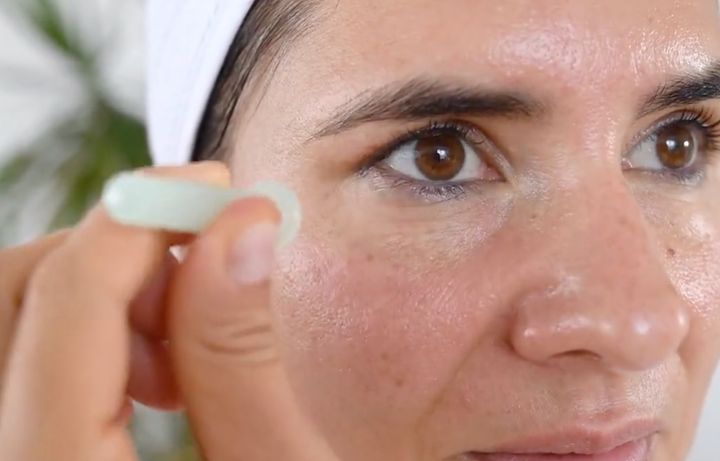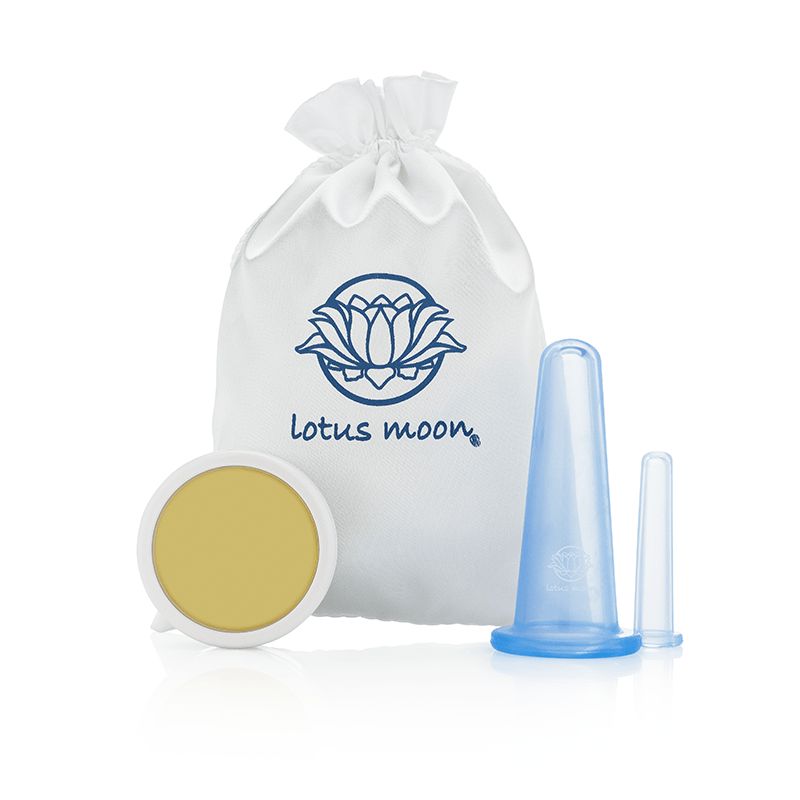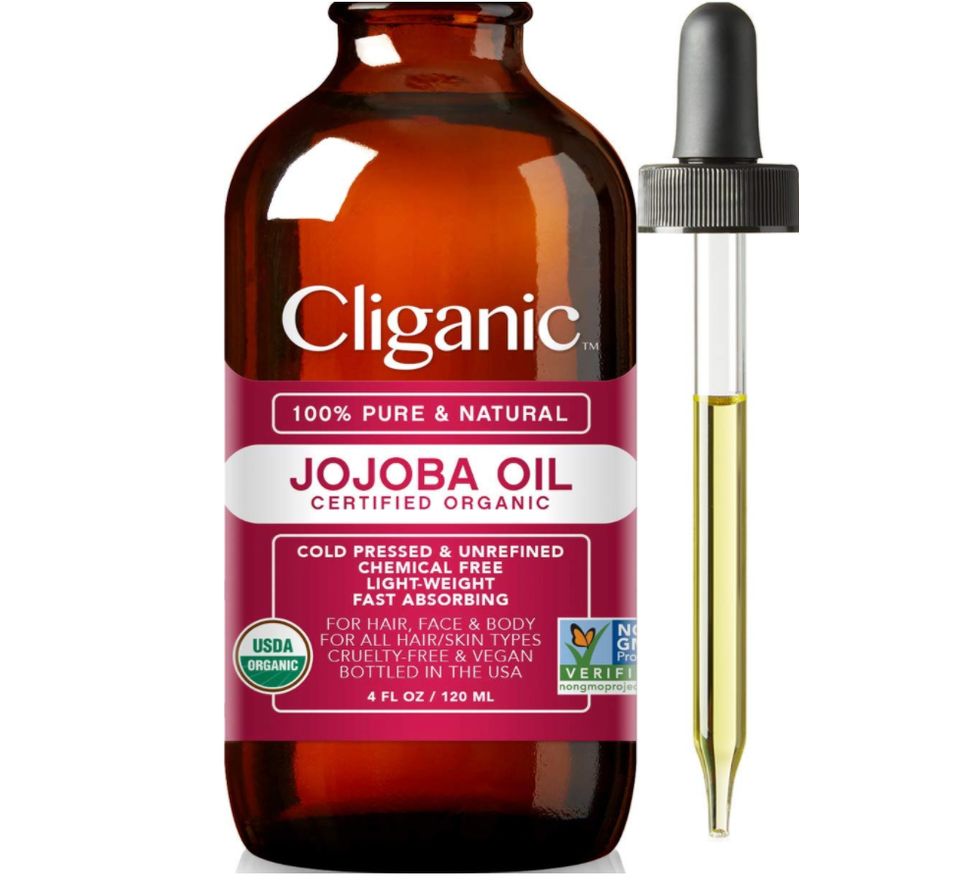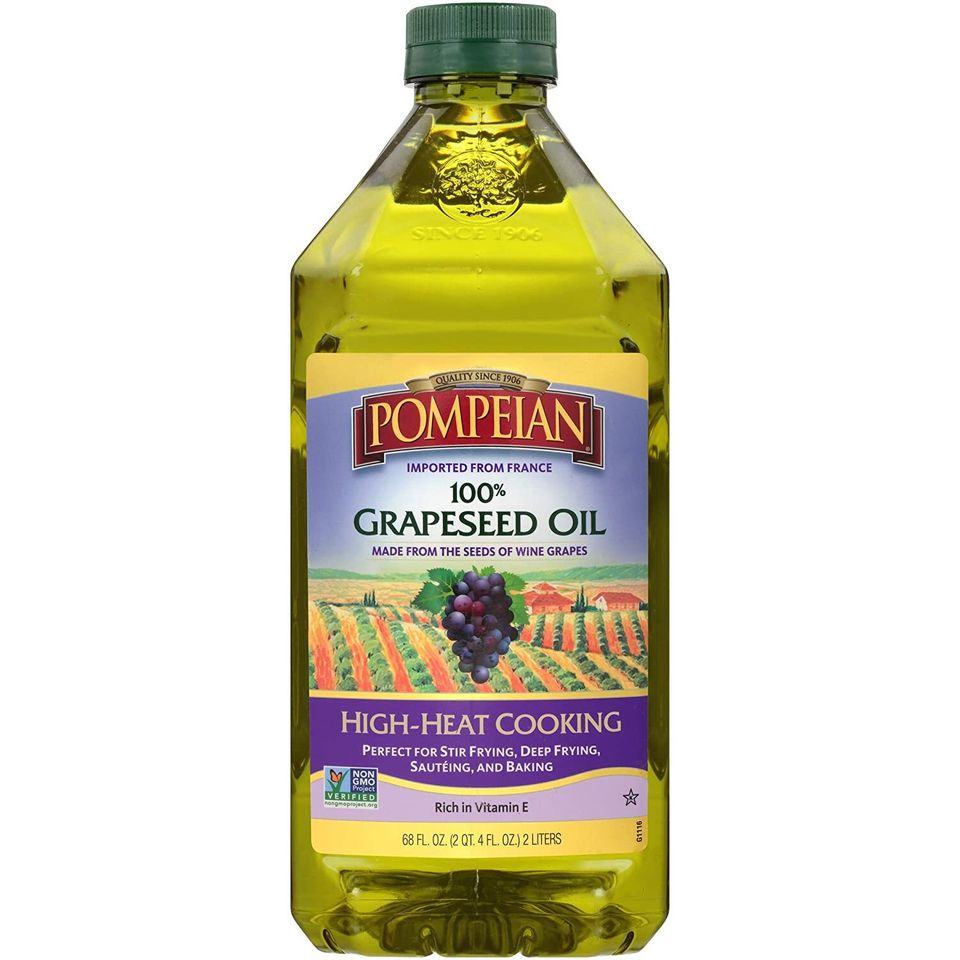In the wild world of “wellness” fads, the line between health and beauty is murky. This is especially true of traditional Chinese medicine (TCM) practices like gua sha and facial cupping that have been rebranded on TikTok as steps in a skincare routine.
While these practices can and often do have pleasing cosmetic results, in traditional Chinese medicine, facial cupping is much more than a beauty treatment, said Paige Yang, a licensed acupuncturist and doctor of acupuncture and Chinese medicine.
“In traditional Chinese medicine, we work on channels and meridians,” Dr. Yang, who owns Yang Face, told HuffPost. “On the face, there are a lot of channels that relate to our internal organ systems. [Facial cupping] is going to open up the channels, open up the meridians and help if there are any blockages in either of those channels.”
According to Dr. Yang, in traditional Chinese medicine, organs are understood as interconnected systems with their own emotions, colors, scents and spirits associated with them. Channels and meridians flow through these systems, circulating blood, qi (vital life energy) and other body fluids around the body.
Though facial cupping may seem like another fun DIY beauty hack, Dr. Yang recommends learning about it more holistically before diving in. “Learn the origins of the practice, because it’s going to deepen your own practice,” she said. “Have the full context of the origins, what it was intended for traditionally and culturally.”
So, what is facial cupping?
If you remember the purple marks on swimmer Michael Phelps in the 2016 Olympics or the brown circles on Gwyneth Paltrow back in 2004, you may already be familiar with the ancient practice of body cupping. According to Dr. Yang, cupping, whether on the body or face, is a form of “negative pressure massage,” or using suction to lift up parts of the body, rather than downward pressure like a deep tissue massage.
While body cupping generally uses fire or heat to create a vacuum-like effect in glass or ceramic spherical cups, facial cupping uses more malleable, cone-shaped cups or glass cups with a plastic suction top, and no heat. It originated during the Qing Dynasty under Empress Dowager Cixi — who was passionate about beauty — as a gentler cupping practice.
“Of course, there’s no fire, because that would risk burns on the face,” Dr. Yang told HuffPost. “What’s most popularly used is a silicone type of cup, where you can manually suction without needing a flame and then sweep or drag a suction cup along your face.”
While cupping was historically used to “expel external evils” like pathogens, it was found to be effective for acute illnesses (like colds or fevers) and muscle aches and pains, according to Dr. Yang.
“They saw a huge increase in blood circulation,” she said. “It brings stagnant qi and blood to the surface and helps the body circulate it out, so that new qi and blood can then enter, and help that part of the body return to normal.”
Like body cupping, facial cupping uses “negative” or inverse pressure to increase circulation and relieve tension in the face. “Because it’s massaging that inverse pressure, those tight muscles and knots that might get on your face around the jaw and around the sinus areas as well — it’s gonna nicely kind of roll it out and work it out,” she said.
Cosmetic dermatologist Michele S. Green, M.D., said that facial cupping can assist with lymphatic drainage, soothing inflammation and decreasing puffiness in the face.
“The suction causes blood vessels to dilate as well as increases circulation, ultimately reducing swelling and boosting skin radiance,” Dr. Green told HuffPost. “Doing the treatment at bedtime can reduce the appearance of a puffy face that’s caused by fluid retention overnight.”
What to know before facial cupping at home:
While your favorite beauty influencer or skincare TikToker may suggest picking up a facial cupping kit from a trendy Goop-esque brand or beauty supply store, Dr. Yang and Dr. Green both suggest doing your homework before starting. Though cupping can have cosmetic effects, it is a medical practice, and therefore demands specialized care.
“A lot of brands are not connected to the medicine and the traditions of it,” Dr. Yang said. “Because they don’t have the training, they’re not acknowledging and often they don’t even know the risks and cautions and contraindications.”
If you’ve recently had Botox, you should wait three weeks before cupping. If you’ve had filler, wait six weeks. “You just don’t want your filler to be moved,” Dr. Yang said. “Or the Botox to be absorbed in areas that you weren’t intending it to be absorbed in because the cupping shifted those toxins in your face.”
Be careful around open sores, open acne, herpes or other breakouts, and skip cupping altogether if you have a sunburn or have recently had other medi-spa procedures like microdermabrasion, chemical peels or micro-needling, Dr. Yang said. You should also be extra careful if you’re taking blood thinners or blood pressure medication.
“The cupping can cause bruising depending on how you clot,” she said. “So if you’re on any clotting medication or blood-thinning medication, anything that’s going to make blood thinner or clot more, those are things that are going to be important. We don’t want anyone to get lightheaded or dizzy because of the sudden influx of blood to the face.”
She also said that within traditional Chinese medicine, there is debate about facial cupping and pregnancy. “The teacher I learned from was really conservative and she said no facial cupping during pregnancy,” Dr. Yang said. “It sends a lot of blood to the face and away from the uterus.”
Dr. Green added that those with sensitive skin or skin conditions may want to avoid cupping altogether. “A physical manipulation method such as this can cause skin irritation or exacerbate skin conditions such as rosacea and acne,” she said. “Facial cupping, if done incorrectly, can cause broken capillaries and bruising. Also, repetitive suction can break the collagen fibers in the skin.”
If you’re interested in facial cupping but aren’t sure about doing it yourself, facialist Ildi Pekar suggests going to get it done professionally. A trained practitioner will ensure your cupping is consistent.
If you’re going to try this at home, here’s how to choose an at-home facial cupping kit:
Instead of taking brand suggestions from a beauty blogger or “lifestyle guru” with no actual certifications, Dr. Yang suggests looking for online workshops, videos or trainings by licensed traditional Chinese medicine professionals like Emily Grace Acupuncture, doctor of acupuncture and Chinese medicine and licensed acupuncturist (L.Ac.) or Sandra Lanshin Chiu, L.Ac.
These experts may sell their own facial cupping kits or other traditional Chinese medicine treatment instruments (like gua sha tools or facial rollers) or have suggestions on where you can find them. Smaller, AAPI-owned businesses like Luminae, Lanshin and 6BabyBeauty are all run by trained traditional Chinese medicine experts.
“Buy from an authentic provider, a lineage learner or someone from that culture and heritage,” Dr. Yang said. “Make sure to support those types of brands to then be embodied in authentic practice, versus jumping on Amazon or supporting a culturally appropriative brand.”
While you may see glass facial cupping kits on the market, Dr. Yang suggests sticking to silicone, especially if you’re new to facial cupping. Because silicone is more malleable and forgiving, it’s easier to work with as you’re learning the techniques. Plus, the silicone kits can be cleaned with soap and water and then air-dried.
In addition to a silicone kit, the experts agree it’s important to have an ample amount of cream or oil around as well. Because cupping uses suction, it’s important to make sure the cups can easily glide and won’t painfully pull or stick to your face. While you may have a moisturizer or facial oil you like, both Dr. Yang and Pekar agree that “home” oils like avocado or grapeseed that you have in your kitchen will also do the trick.
Once you’ve learned the origins of the practice, purchased a silicone kit, and found a tutorial to follow from a certified traditional Chinese medicine practitioner or lineage learner, Dr. Yang suggests setting a positive intention for your cupping practice.
“I noticed in my patients that when their intention is more focused on celebrating a part of themselves, they get better results than if their intention is thinking that they’re broken and need to be fixed,” she said. While it may feel silly or superfluous, Dr. Yang shares that having a calm and loving approach to cupping will make the practice more effective.
Again, because facial cupping is a medical practice, you want to make sure you’re following a tutorial or workshop from a trained traditional Chinese medicine expert or lineage learner. To help you get started with your facial cupping practice, we’ve rounded up some tools you can use at home.
HuffPost may receive a share from purchases made via links on this page. Every item is independently selected by the HuffPost Shopping team. Prices and availability are subject to change.






